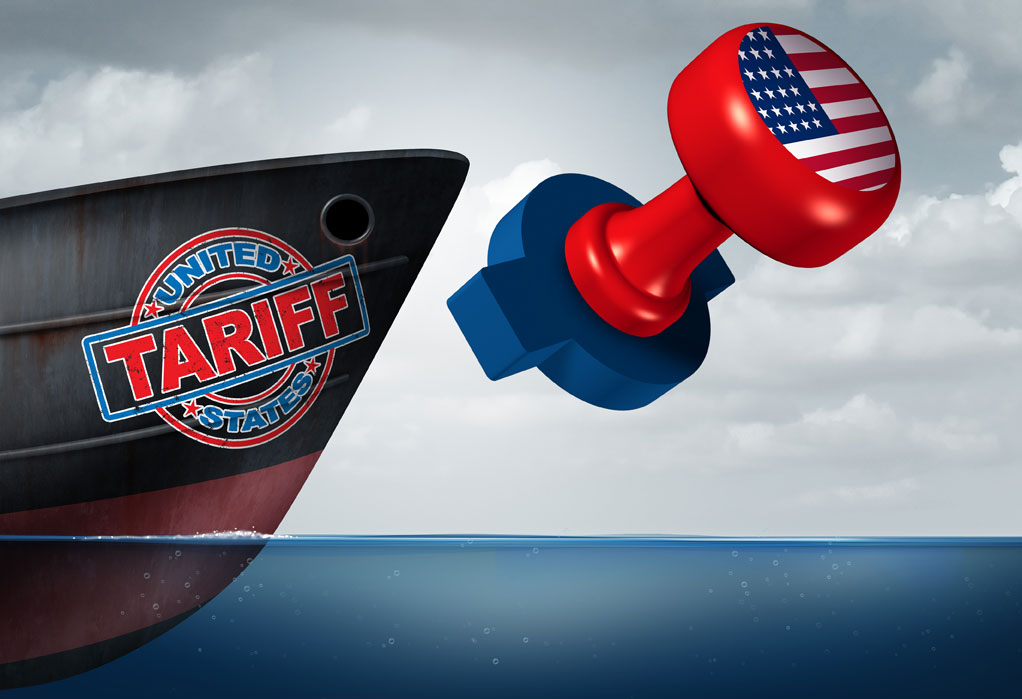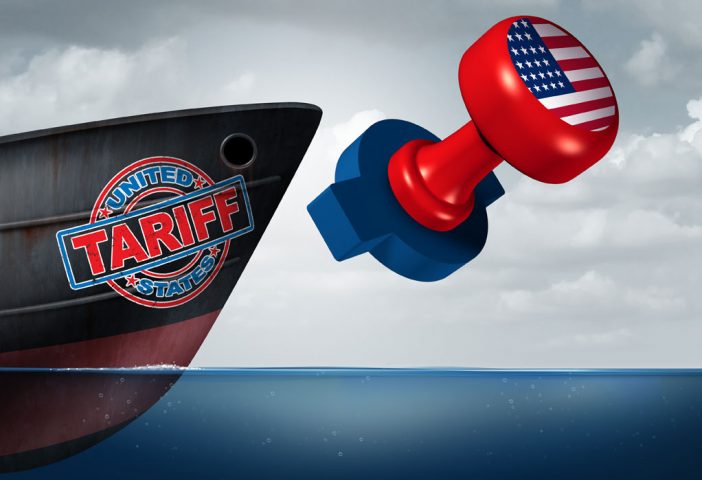
The Risks are Real: Cyberattacks & Manufacturing
April 9, 2018
Small Giants, Huge Recognition for Ace Metal
June 12, 2018
Much has been made of the decision by the current administration to impose tariffs on steel and aluminum imports. The global metals market remains in a state of flux as deadlines have been extended and exemptions are distributed.
A tariff, in plain terms, is a tax on goods coming into a country. The typical consequence of a tariff is that the price of foreign-produced goods go up, making the U.S.-made option more attractive to buyers.
The order signed earlier this year will impose a 25% tariff on steel and a 10% tariff on aluminum, with postponements for specific countries; currently this includes Mexico, the EU and Canada. Permanent exemptions have been negotiated for Argentina, Australia and Brazil. South Korea earned a permanent exemption from steel tariffs by agreeing to quotas that will cut its steel shipment by 30% from 2017 levels. Seoul is still subject to U.S. aluminum tariffs.
What does this mean for U.S. businesses?
In the United States, nearly 80% of our stainless steel is produced domestically, which means tariffs on stainless steel imports will have less of an impact on the current price than on other metals being imported, according to Richard Ryan, General Manager of Ryerson Holding Corporation. Ryerson is a metals distributor and processor headquartered in Chicago, with annual revenue over $3.1 billion.
Aluminum and carbon steel, however, lag behind in domestic production, and that is the basis for the administration’s stance on tariffs.
The administration asserts tariffs are a counterweight against foreign producers of aluminum and steel that have flooded the U.S. market, putting American companies at a disadvantage. For those metropolitan areas and states that concentrate on steel and aluminum production, this may represent a welcome relief.[i]
Those that oppose these tariffs point out that many countries have announced that they would impose their own retaliatory tariffs and taxes if the United States implemented the steel and aluminum tariffs suggested. China and the European Union have indicated they will respond to these tariffs with their own tariffs on American-made products, which could hurt American exports.[i]
All of this uncertainty of U.S. government actions has created volatility in the global metals market. Just last week, the possibility of import quotas and other restrictions were raised for those countries granted exemptions from metal tariffs; a move that has even further impacted markets.
While differing opinions exist on the steel and aluminum tariffs, until the deadline is met, and negotiations have concluded, U.S. businesses will continue to deal with fluctuating metal prices as markets speculate on the outcome of the tariffs.

[i] Brennan Hoban. Questions about Trump’s new tariffs answered
Stock images © Getty Images





